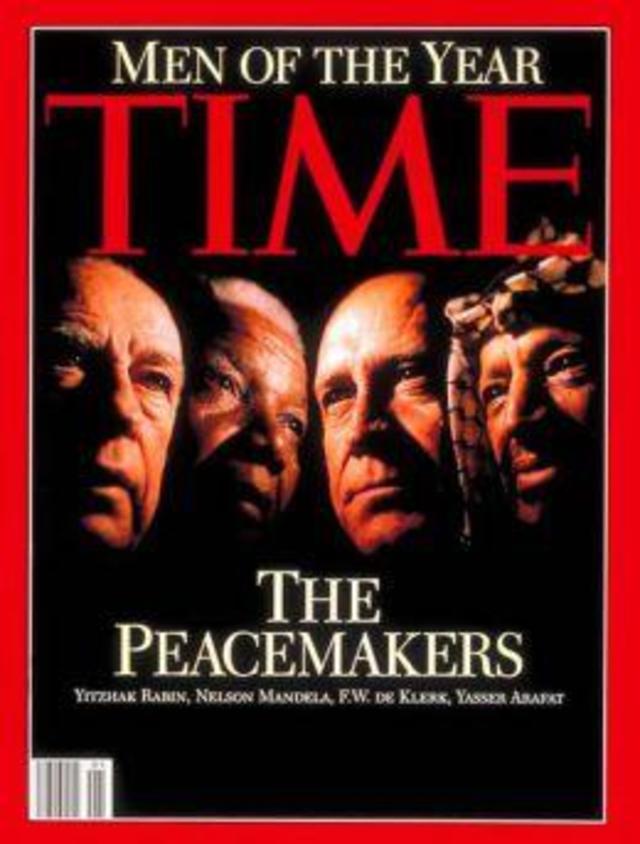
He was a friend of Hitler’s and Hitler let him use prisoners as slave labor. I deliberately put a knife in Krupp’s back, visually. In an interview with Getty, Arnold Newman said the following about his iconic image of Alfred Krupp: One thing that I love about photography is the ability to convey a complicated narrative with a single image – and that narrative can be extremely powerful. Do You See A Positive or Negative Portrayal of Donald Trump? This single statement ties all of the positive and negative visual subliminal cues together into a neat concise story. The blue gel on the fill light and blue in the background pallet finish the image off with a cold unfriendly tone – similar to Platon’s portrayal of Vladimir Putin.įinally, if there was any doubt about intentions of the true story Kander and Time are telling about Donald Trump there is the caption “President of the Divided States of America”. An even more powerful subliminal trigger is the dark, sinister shadow brooding in the background. It is hard to mistake the symbolism there. He is depicted as a man divided with a literal dark side. Half of Trump’s face and body are visible to the viewer, while the other half is hidden in shadow. But with a closer look, the viewer realizes that the gold isn’t real and the chair is just tired, old, damaged and clearly past its prime – visual impressions that are transferred to Trump himself, and perhaps America in general (especially poignant since one of Trump’s biggest claims is that he’s not a phony – that chair says otherwise). At first glance (if you even notice the chair) you get the impression of wealth and grandeur. The symbolism that the chair conveys is such a powerful part of this image. Next we have the prop – a tattered old gilded chair. Instead of seeing a confident business man, the viewer sees a man who is looking right at them with a neutral expression and a hint of a smirk – his intentions are not clear and his gaze is unnerving. Given the subliminal cues provided by Trump’s pose, his expression becomes a lot more ominous. However, Trump’s pose in this image is designed to convey the feeling of an elite with a palpable disdain for his inferiors. Trump’s pose is especially interesting given that Trump is an elite billionaire, but he won the presidency by campaigning as a populist – the regular guy middle class Americans can relate to. In the pose chosen, Trump is looking back at the viewer, a superior who is far ahead – and therefore better than the viewer – and in the process of turning away from you. I think George Takei totally nails the the negative subliminal cues present in this image (in under 140 characters too in his Tweet “Trump trolled by Time”):īut lets deconstruct the image further, from a photographer’s perspective. Of course, the real story that this image is trying to tell is the opposite of the obvious. The viewer’s interpretation is dependent on the viewer’s world view – in other words, if you are a Trump supporter, or Trump himself, you’re probably going to look at this image, interpret the obvious story and come away with a positive impression of Trump the businessman.

Trump’s expression appears confident and shrewd, like a person concentrating on an important task. The obvious story at the surface of this image is that of a successful, powerful, tough businessman – and Trump certainly embodies that narrative. Here is the official story from Time about this portrait of Trump (with a few little sneak peaks at the setup): If you’re not quite sure of the deliberacy behind this image of Trump, take a look at Kander’s portraits of Barack Obama – you get a very different impression of the kind of man Obama is versus Trump (your impression of that reality of course depends on your personal world view).Įven Kander’s portraits of members of Trump’s inner circle: Steve Bannon, Kellyanne Conway, Mike Pence and Reince Priebus don’t receive the same treatment as Trump – their stories are nowhere near as explicit as the story Kander and Time are telling about Donald Trump.

There is nothing in this image that was not deliberate – Kander’s image of Trump is crafted to tell the viewer a specific story.

First of all we need to understand that Time Magazine’s 2016 person of the year cover was meticulously planned.


 0 kommentar(er)
0 kommentar(er)
